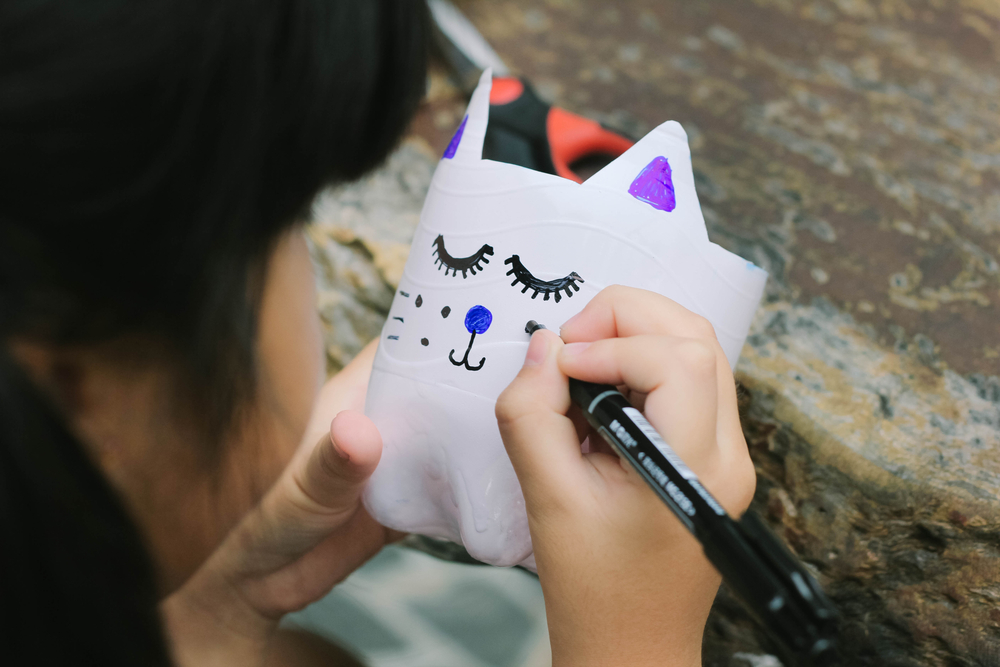Normal Tracing Letters worksheets activities for Ages 5-6
31 filtered results
-
From - To
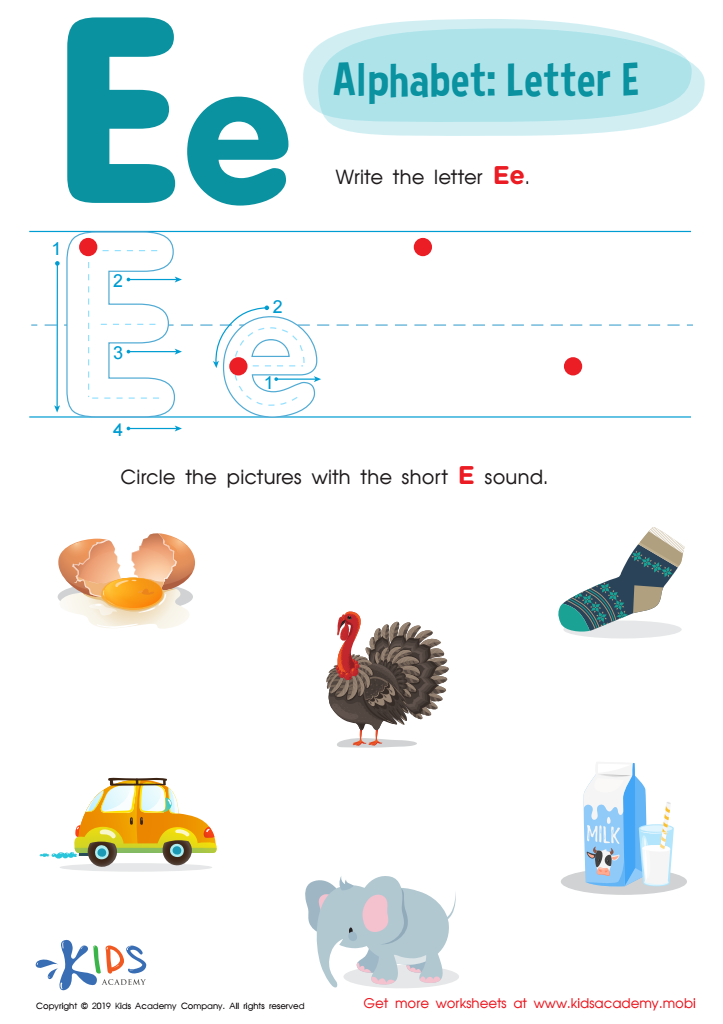

Letter E Tracing Worksheet


Letter A Tracing Worksheet


Lowercase Letters y z Worksheet
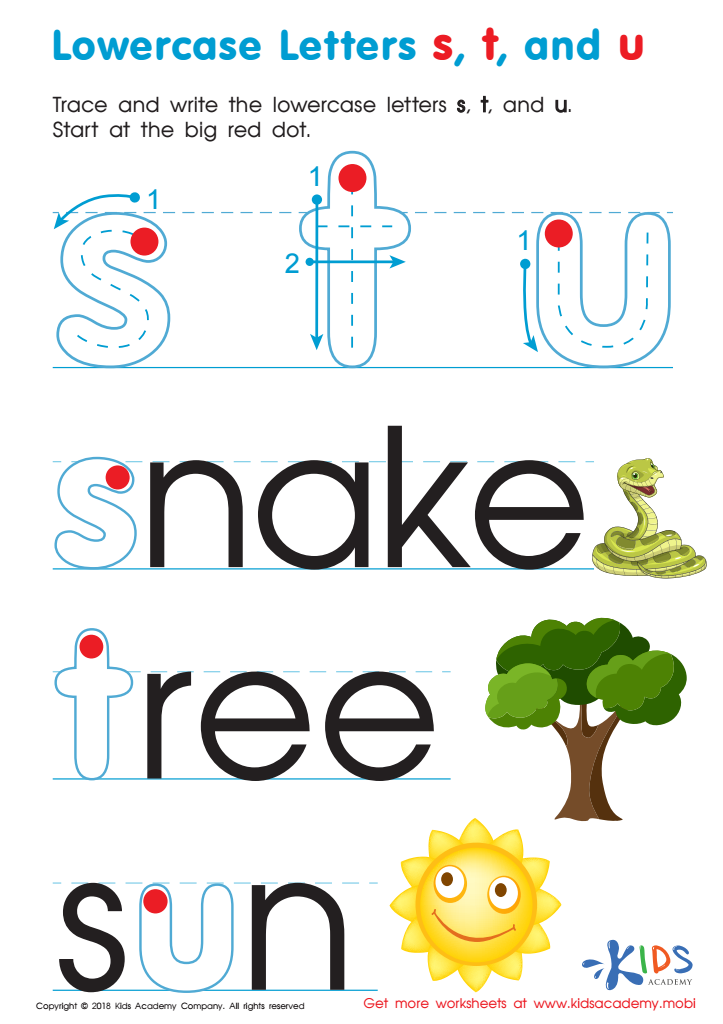

Lowercase Letters s t u Worksheet


Lowercase Letters m n o Worksheet
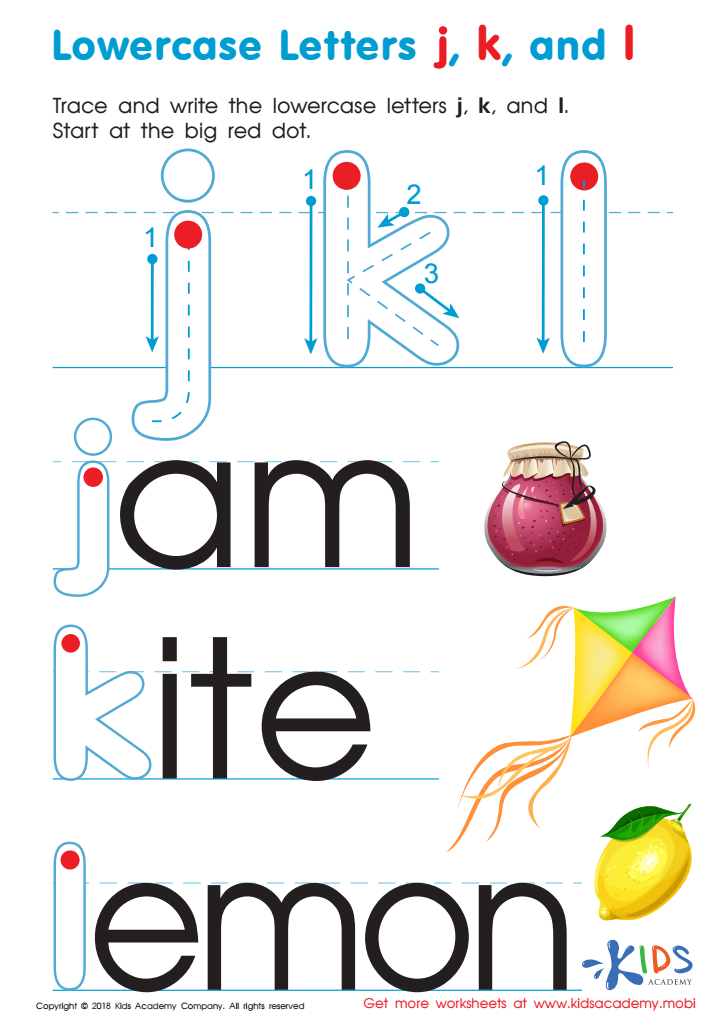

Lowercase Letters j k l Worksheet


Lowercase Letters g h i Worksheet


Lowercase Letters a b c Worksheet


Uppercase Letters Y Z Worksheet


Uppercase Letters P, Q, and R Worksheet


Uppercase Letters M, N, and O Worksheet


Uppercase Letters J, K, and L Worksheet


Uppercase Letters G, H, and I Worksheet


Uppercase Letters D, E, and F Worksheet


Let's Review! Big Letters Worksheet


Letter F Tracing Page
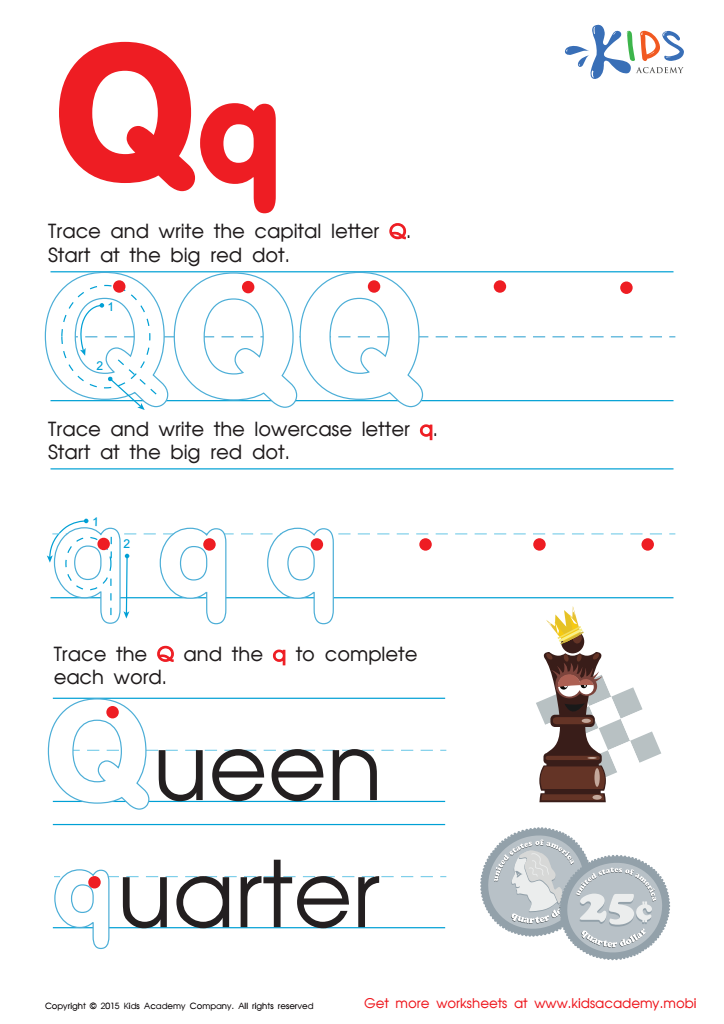

Letter Q Tracing Page


Letter E Tracing Page


Letter D Tracing Page


Letter C Tracing Page


Letter B Tracing Page


Letter G Tracing Page


Letter H Tracing Page


Letter I Tracing Page
Normal Tracing Letters worksheets activities are an indispensable tool in the foundational stages of literacy. These activities are especially crafted to support young learners as they embark on their journey towards mastering the alphabet, eventually paving the way for proficient reading and writing skills. The usefulness of such activities is multifaceted, contributing significantly to a child's educational development in several key areas.
Firstly, Normal Tracing Letters worksheets activities enhance fine motor skills. As children trace over the letters, they refine their pencil grip and control, strengthening the small muscles in their hands and fingers. This physical coordination is crucial not only for writing but also for other everyday tasks.
Moreover, these activities offer an introduction to the basics of letter formation. By repeatedly tracing letters, children become familiar with their shapes and the correct stroke order, laying a solid foundation for legible handwriting. This familiarity also helps in distinguishing between similar-looking letters, reducing confusion and mistakes as they learn to write independently.
Furthermore, engagement with Normal Tracing Letters worksheets activities boosts cognitive skills. This process requires concentration and attention to detail, encouraging young learners to focus and apply themselves. As they trace each letter, children are also practicing letter recognition, an essential skill for early literacy. Recognizing letters effortlessly allows for smoother transition to reading, as children can then focus on decoding words rather than struggling with individual letters.
Additionally, these tracing activities can be highly beneficial for visual and kinesthetic learners. The tactile experience of tracing with a pencil provides a physical memory of each letter's shape, making it easier for these children to recall and reproduce them when writing.
Finally, Normal Tracing Letters worksheets activities are versatile and can be tailored to suit the individual needs of each child, making them an invaluable resource for parents and educators alike. Whether used in the classroom or at home, these activities provide a structured yet enjoyable way for children to practice essential literacy skills, setting them on the path to becoming confident readers and writers.
 Assign to My Students
Assign to My Students









